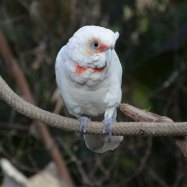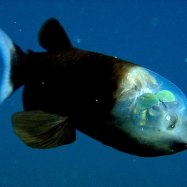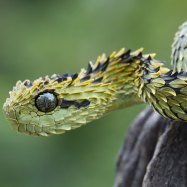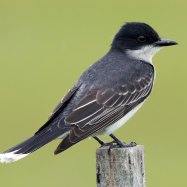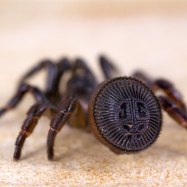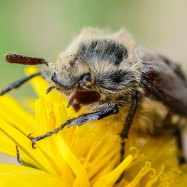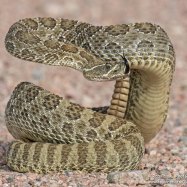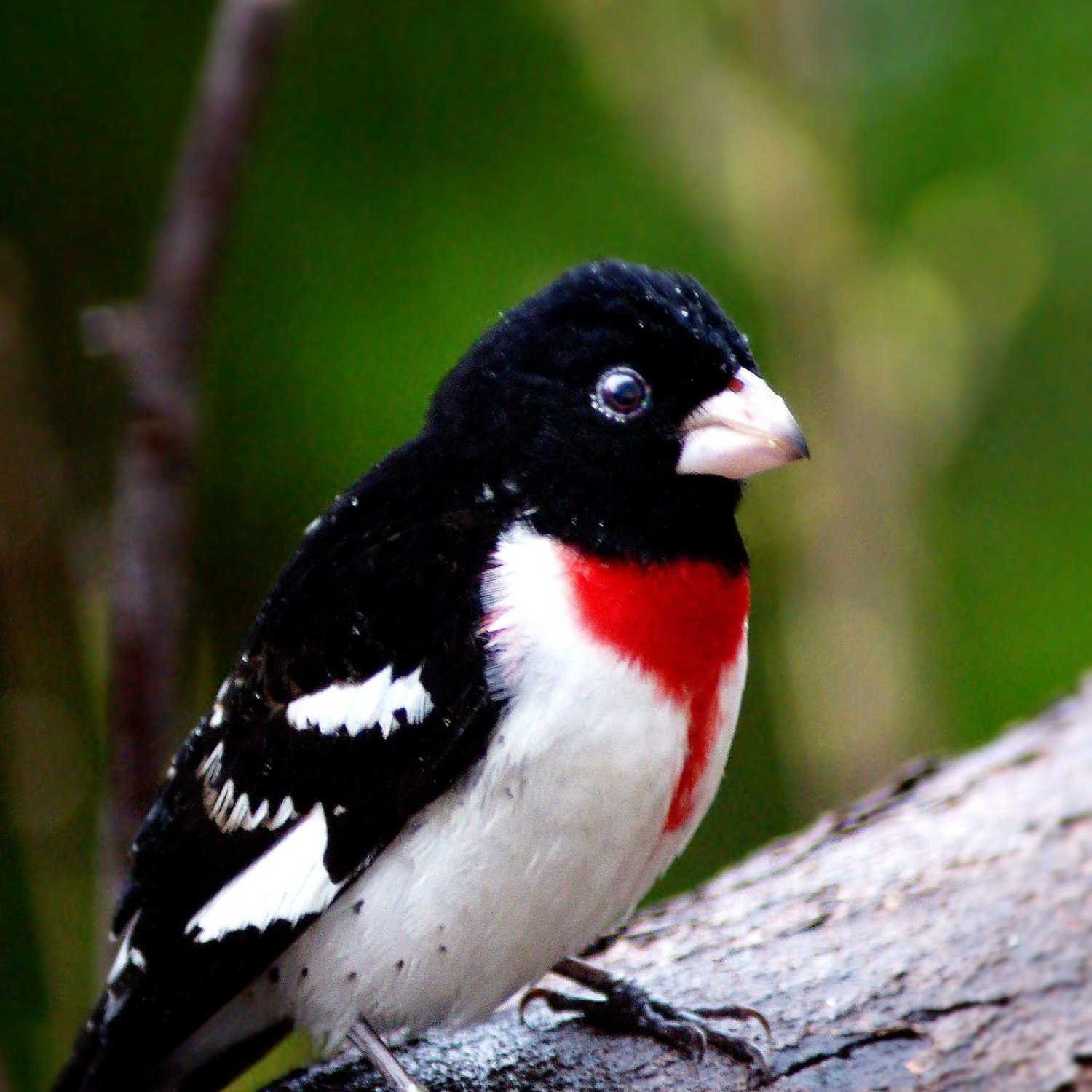
Rose Breasted Grosbeak
16-21 cm
The Rose Breasted Grosbeak is a striking medium-sized songbird found in the Eastern and Midwestern regions of the United States. With its stocky build and thick bill, this member of the Cardinalidae family is a delight to spot in the wild. Standing at 16-21 cm in length, it's a bird that is hard to miss with its colorful plumage. Keep an eye out for this beautiful bird on your next outdoor adventure! #RoseBreastedGrosbeak #songbird #USwildlife
Animal Details Summary:
Common Name: Rose Breasted Grosbeak
Kingdom: Animalia
Habitat: Deciduous forests, woodland edges, and second-growth habitats.
The Majestic Rose Breasted Grosbeak: A Symbol of Beauty and Resilience
The Rose Breasted Grosbeak (Pheucticus ludovicianus) is a medium-sized songbird that is found in North America, from Canada to Mexico. With its striking black and rose-colored feathers, this bird is a symbol of beauty and resilience, thriving in the face of changing habitats and threats.Evolution and Taxonomy
The Rose Breasted Grosbeak belongs to the Animalia kingdom and Chordata phylum. It is a member of the Aves class, which includes all birds, and the Passeriformes order, which consists of over half of all bird species Rose Breasted Grosbeak. Within the Passeriformes order, the Rose Breasted Grosbeak belongs to the Cardinalidae family, along with other colorful birds such as cardinals and tanagers.Habitat and Distribution
The Rose Breasted Grosbeak is a versatile bird and can be found in a variety of habitats, including deciduous forests, woodland edges, and second-growth habitats. It is also known to thrive in urban environments with plenty of trees and shrubs. This adaptability has allowed the species to have a widespread distribution, ranging from northern Mexico to southern Canada.In the United States, the Rose Breasted Grosbeak can be found in the eastern and midwestern regions, with the highest concentration in states such as New York, Pennsylvania, Wisconsin, and Michigan.
Physical Appearance
The Rose Breasted Grosbeak is a visually striking bird, with distinct differences in appearance between males and females. Males have a predominantly black body with a bold rose-red patch on their breast, giving them their name. Their wings and tail feathers also have white patches, adding to their overall eye-catching appearance. On the other hand, females have a brown body with darker streaks, and their undersides have a creamy-white color Red Shouldered Hawk.Both male and female Rose Breasted Grosbeaks have a medium-sized stocky build, with a thick bill that is specifically adapted for their preferred feeding method.
Feeding Behavior
The Rose Breasted Grosbeak is an omnivorous bird, meaning it feeds on a variety of plant and animal matter. In the spring and summer, its diet mainly consists of insects such as caterpillars, beetles, and grasshoppers. As the seasons change, they switch to a more plant-based diet, including fruits, seeds, and plant buds. They are also known to visit backyard bird feeders, especially during migration, where they will feed on sunflower seeds and suet.Breeding and Reproduction
Like many bird species, the Rose Breasted Grosbeak is monogamous, meaning it will have one mate for a breeding season. They typically form pairs in the spring, and both birds will work together to build a cup-shaped nest made of twigs, grass, and bark. The female will lay 3-5 eggs, which she will incubate for 12-14 days. After hatching, both parents will take turns caring for the chicks until they fledge in about two weeks.Threats and Conservation
The Rose Breasted Grosbeak is not considered a globally threatened species, but it does face some challenges in its habitat. These include habitat loss due to deforestation and urbanization, as well as collisions with buildings and communication towers during migration. Climate change is also causing shifts in the seasons, potentially impacting the breeding patterns and migration of these birds.Conservation efforts are actively being pursued to monitor these threats and protect the Rose Breasted Grosbeak's habitat. This includes creating safe migration routes and conserving important breeding grounds.
Human Connection
Humans have had a strong connection with the Rose Breasted Grosbeak for centuries. Native American cultures saw the bird as a symbol of transformation and change, as they are often associated with the change of seasons. In addition, the Rose Breasted Grosbeak's vibrant colors and melodic songs have captivated many, making it a popular bird to have in backyard gardens and parks.Furthermore, this species has been studied extensively by scientists and conservationists due to its adaptability and resilience to changing environments. By understanding its behavior and habitat needs, we can better protect and conserve this beautiful bird for future generations.
Inspiring Symbol of Resilience
The Rose Breasted Grosbeak is a remarkable bird that has captivated the hearts of many with its beauty and resilience. It has adapted to changing habitats and continues to thrive despite facing various threats. As a result, it serves as an inspiring symbol of hope and adaptability for both humans and other animals. By appreciating and protecting this magnificent bird, we can ensure its presence for generations to come.

Rose Breasted Grosbeak
Animal Details Rose Breasted Grosbeak - Scientific Name: Pheucticus ludovicianus
- Category: Animals R
- Scientific Name: Pheucticus ludovicianus
- Common Name: Rose Breasted Grosbeak
- Kingdom: Animalia
- Phylum: Chordata
- Class: Aves
- Order: Passeriformes
- Family: Cardinalidae
- Habitat: Deciduous forests, woodland edges, and second-growth habitats.
- Feeding Method: Omnivorous
- Geographical Distribution: North America, from Canada to Mexico
- Country of Origin: United States
- Location: Eastern and Midwestern United States
- Animal Coloration: Males have black feathers with a rose-red patch on their breast, while females have brown feathers with streaks.
- Body Shape: Medium-sized songbird with a stocky build and a thick bill.
- Length: 16-21 cm
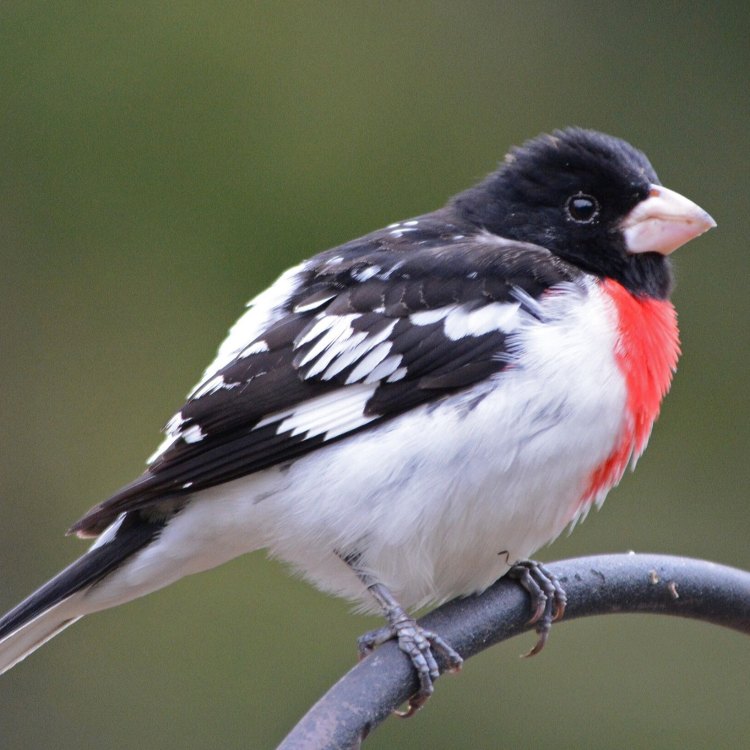
Rose Breasted Grosbeak
- Adult Size: Medium-sized bird
- Average Lifespan: Up to 10 years
- Reproduction: Monogamous
- Reproductive Behavior: Build cup-shaped nests in trees and shrubs.
- Sound or Call: Males sing a rich warbling song.
- Migration Pattern: Migratory
- Social Groups: Solitary or in small groups during migration
- Behavior: Shy and elusive
- Threats: Habitat loss and fragmentation
- Conservation Status: Least Concern
- Impact on Ecosystem: Seed dispersal
- Human Use: Popular bird for birdwatching
- Distinctive Features: Rose-red patch on the breast of males
- Interesting Facts: The Rose Breasted Grosbeak is known for its melodious song.
- Predator: Birds of prey, snakes, and small mammals
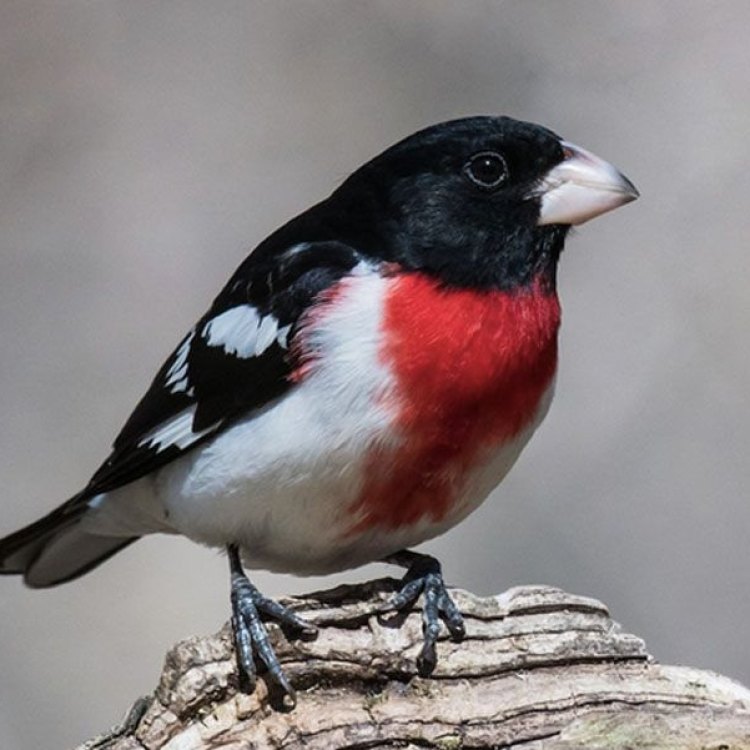
Pheucticus ludovicianus
The Melodious Song of the Rose Breasted Grosbeak
The Rose Breasted Grosbeak (Pheucticus ludovicianus) is a medium-sized bird that is native to North America. With its striking colors and beautiful melodies, it has captured the attention of birdwatchers and nature lovers alike. In this article, we will delve into the unique features and behavior of this elusive bird, and its important role in the ecosystem.Adult Size and Average Lifespan
The Rose Breasted Grosbeak is considered a medium-sized bird, measuring around 7-8 PeaceOfAnimals.Com.5 inches in length. It weighs around 2.5-3.5 ounces, making it slightly larger than a sparrow but smaller than a robin. Its wingspan can stretch up to 12 inches, giving it a graceful appearance during flight.
On average, these birds can live for up to 10 years in the wild. However, they can live longer in captivity, with the oldest recorded Rose Breasted Grosbeak living for 14 years. Their lifespan is affected by several factors, including habitat loss and predation.
Reproduction and Behavior
The Rose Breasted Grosbeak is a monogamous bird, meaning that they mate for life with one partner Red Knee Tarantula. They are also highly territorial, with males defending their territory and nesting areas vigorously.
During the breeding season, which starts in May and ends in July, the male puts on a beautiful display to attract a mate. They are solitary birds, but during migration, they can be found in small groups. The male sings a rich warbling song, earning it the nickname of "northern cardinal of the north." Their song has a melodious quality that is said to resemble a robin's song.
Sound or Call
The male Rose Breasted Grosbeak's song is one of its most distinctive features. It is a series of rich, varied warbling notes that float through the trees. The song is often described as a duet, with the female responding to the male's call with a chipping or chattering sound.
Migration Pattern and Social Groups
The Rose Breasted Grosbeak is a migratory bird, spending its winters in Central America and its summers in North America. They undertake an impressive journey, flying over 1600 miles each way. During migration, these birds can be seen in small groups, but they are usually solitary birds.
Behavior and Habitat
As their name suggests, the Rose Breasted Grosbeak has a large, stout beak that it uses to crush and eat seeds and fruits. They prefer to live in open woodlands, edges of forests, and dense shrubbery. They are also known to visit backyard feeders, especially during their migration.
These birds are shy and elusive, making them challenging to spot. They are also known to be skittish and will quickly fly away at the slightest disturbance.
Threats and Conservation Status
Unfortunately, the Rose Breasted Grosbeak, like many other bird species, faces serious threats due to habitat loss and fragmentation. As human populations expand and urban areas sprawl, the natural habitats of these birds are destroyed. This loss of habitat restricts their breeding and foraging grounds, making it difficult for the species to survive.
Despite these threats, the Rose Breasted Grosbeak is classified as "Least Concern" by the International Union for Conservation of Nature (IUCN) Red List. However, it is still crucial to protect their habitats and help maintain their population numbers.
Impact on Ecosystem
The Rose Breasted Grosbeak plays a crucial role in the ecosystem as a seed disperser. As they forage on fruits and seeds, they help spread the seeds of various plant species, which helps in maintaining plant diversity in the environment. These birds are essential for maintaining a healthy and balanced ecosystem.
Human Use and Interesting Facts
The Rose Breasted Grosbeak is a popular bird for birdwatchers, with its vibrant colors and melodic song making it a sought-after sight. They are also known to be a popular species for backyard bird feeders.
Apart from its appearance and song, the Rose Breasted Grosbeak has some interesting facts that make it stand out. For one, their rose-red patch on the breast, which gives them their name, is only found in males. Females have a buff-colored chest instead. Another unique fact is that they have a habit of eating the fruit of the eastern red cedar trees, which turns their droppings a vibrant blue color.
Predators
Like all living creatures, the Rose Breasted Grosbeak also has its fair share of predators. Predators like birds of prey, snakes, and small mammals pose a risk to these birds, especially during nesting and migration.
Conclusion
In conclusion, the Rose Breasted Grosbeak is a beautiful and unique bird that is an essential part of the North American ecosystem. With its striking coloration, melodious song, and ecological role, it truly embodies the beauty and harmony of nature. However, its existence is threatened by habitat loss and fragmentation, making it crucial for humans to take conservation measures to ensure its survival. So next time you spot a Rose Breasted Grosbeak, take a moment to appreciate its beauty and the vital role it plays in our environment.
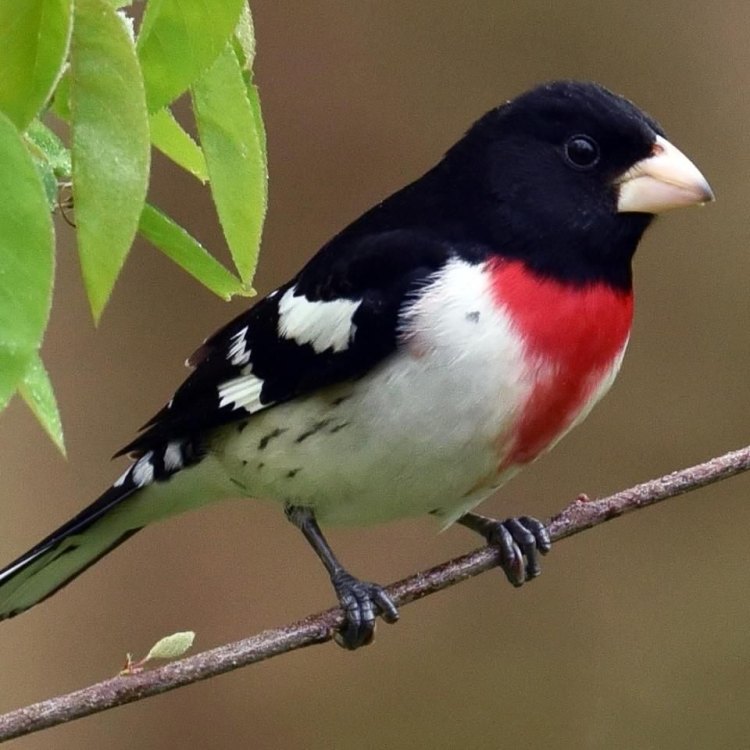
The Majestic Rose Breasted Grosbeak: A Symbol of Beauty and Resilience
Disclaimer: The content provided is for informational purposes only. We cannot guarantee the accuracy of the information on this page 100%. All information provided here may change without prior notice.


